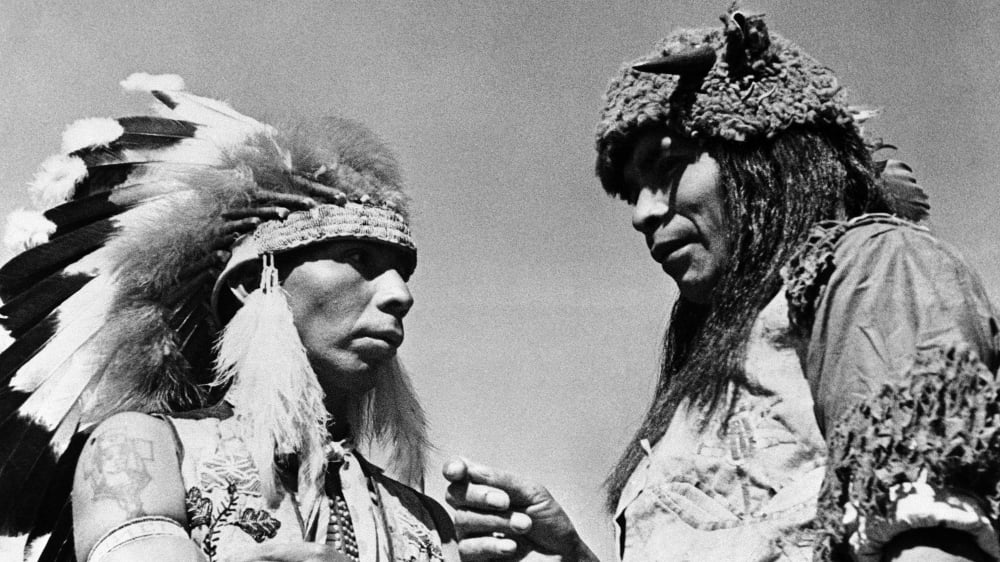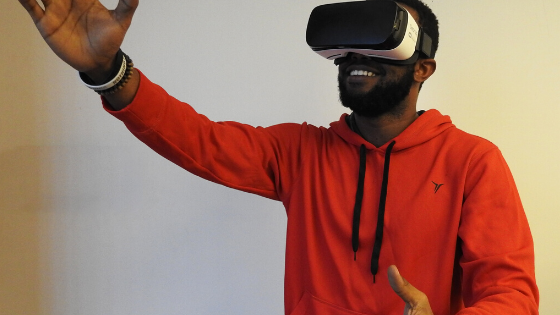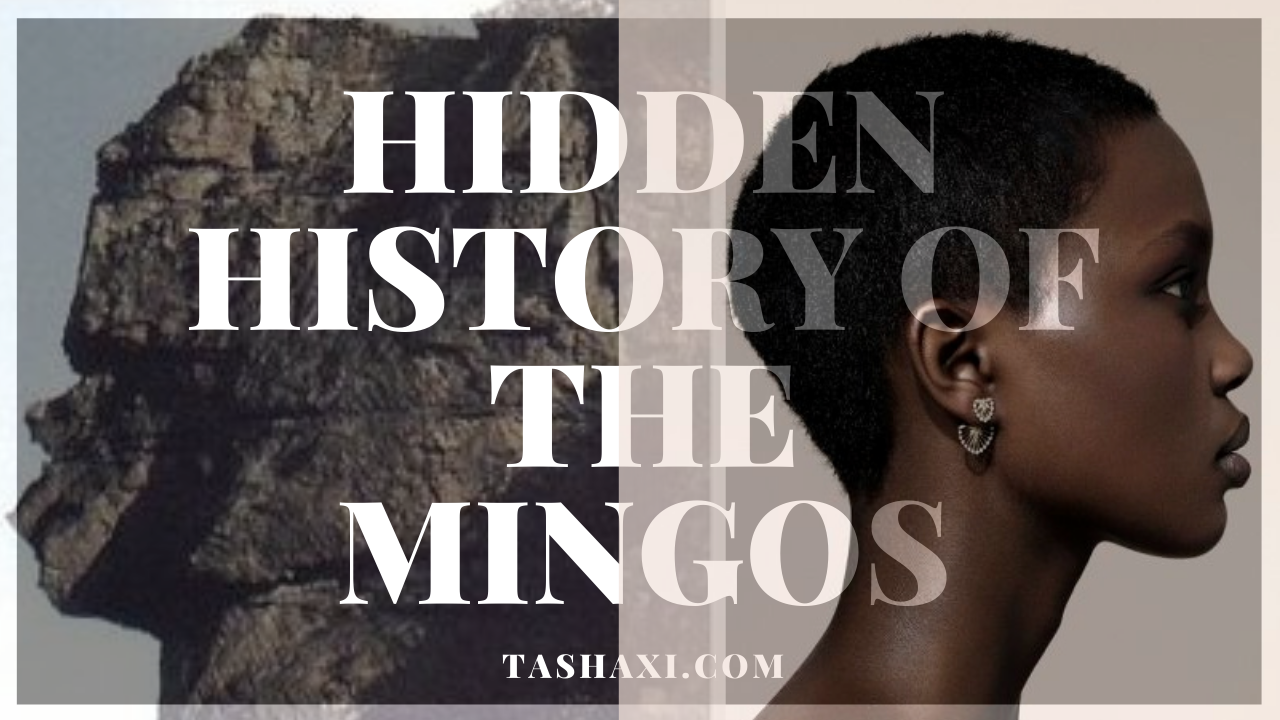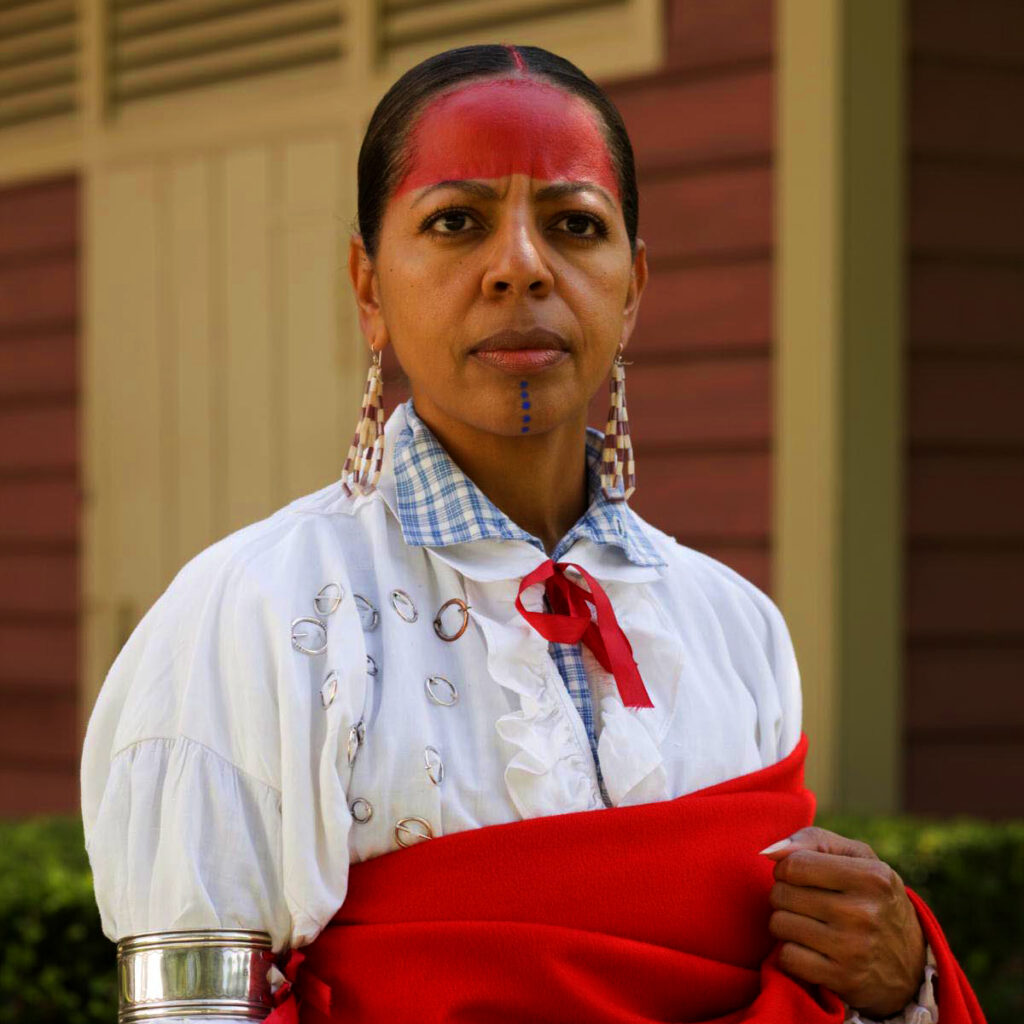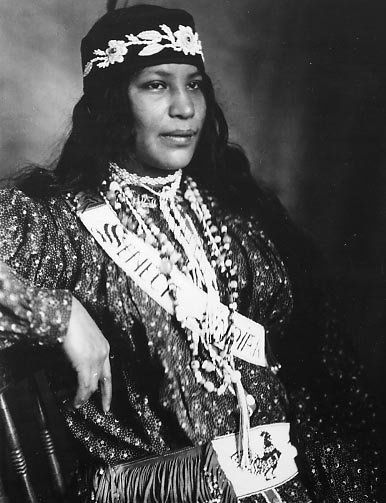How to Find your Ancestor’s Death Certificates
Introduction: How to find your ancestor’s death certificates
When researching your family history, you may want to find your ancestor’s death certificates. This can provide you with valuable information, such as the cause of death, the date of death, and the location of death. You can obtain a copy of a death certificate from the state where your ancestor died. The process for obtaining a copy of a death certificate varies from state to state, so be sure to check with the appropriate agency.
For many people, getting access to a vital record may seem like a daunting task at first glance. But don’t worry — this article walks you through those steps as well!
What information is included on a death certificate
When someone dies, their death certificate is created to officially document them passing away in records. A death certificate usually includes the person’s name, date of death, and place of death. It might also include the person’s age, occupation, names of parents or spouse, and cause of death. Death certificates can be used to obtain death benefits, prove inheritance rights, and more. If you’re looking for a death certificate for an ancestor, there are a few ways to go about finding it.
What are death indexes
Death indexes are lists of all the people who have died in a specific year.The obituary section in a newspaper is a type of a death index. Death Indexes keep track of how many people have died, how old the person was when they died, what their name was, where they died, and when they died. This information is helpful for people who need to find out information about an ancestor who has passed away.
For example, if you needed to know how old your grandfather was when he died, you could look it up in a death index.

Why you might want to find your ancestor’s death certificate
If you want to learn more about your ancestor, it might be helpful to find their death certificate. This information can help you learn more about your ancestor’s life and how they passed away. For example, if you were interested in learning about your ancestor’s health or how they died, you could look at their death certificate to see what illnesses they had or what cemetery they are buried at. If you have a family history of cancer and your ancestor died from cancer, you might want to know more about their death so that you can try to figure out if there is a genetic link. Or if your ancestor was in the military, you might want to find their death certificate so that you can learn more about what happened to them in battle.
How far back in time can I find United States death certificates
United States death certificates go back over 100 years. This means that you can find the majority of certificates from 1918 to present day. If you wanted to find a certificate from before 1918, you would need to look at state records or church records. Places like the District of Columbia have death certificates that go back to 1874.
Death certificates are filed in alphabetical order by the name of the deceased, so it takes a lot of time to look through all of them at repositories to find the one you’re looking for. But it’s worth it, because it’s a record of someone’s life. Luckily, there are many death certificates in online databases or state record websites now.
How to order a death certificate
You can order a death certificate from the Vital Statistics office in the state where the person died. Usually, this is the county clerk or registrar’s office. You will need to provide some information about the person who died to receive the record, for instance the person’s full name, date of birth, and date of death. If you do not know the exact date of death you can give an estimate. You may also need to provide proof of your identity, if the record is more recent.
The person who wants the death certificate can find this office by looking up “vital statistics” and the name of the area online or in the local government section of your phone book–if you still use those. You can also order it by going to a website, like vitalchek.com, or sometimes by calling the office and requesting that they send a request form in the mail to mail back to them.
You can also go to the National Archives, contact them by phone, or search their website to get access to your ancestor’s death certificate. Many of these death certificates are on Ancestry.com (courtesy of the National Archives), as well.
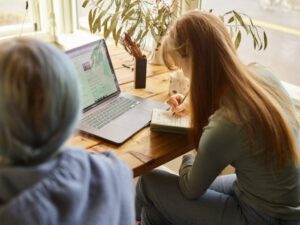
Places to Find Information on your Ancestor’s Death
There are several places to find information about an ancestor’s death. One place to look is in the census records. The census records will list an ancestor’s age at the time of their death. You can also find information on an ancestor’s death in the family Bible. Another place to find information on an ancestor’s death is at the county courthouse. If your ancestor was a soldier, you can find information about their death on the internet. If an ancestor died during the Civil War, you can look for information about their death on the website ancestry.com. The website Fold3 also has a collection of Civil War and Enlistment records for other wars that might include information about an ancestor’s death. The National Archives website also has death records.
Finally, if you are lucky, you may find information about your ancestor’s death in a local history book or family genealogy book. These books can be looked up by family surname and location. For example, the book ‘Tidewater Virginia Families: Generations Beyond Adding the Families of’ by Virginia Lee Hutcheson Davis has information on the families from that area with the surnames of Bell, Binford, Bonner, Butler, Campbell, Cheadle, Chiles, Clements, Cotton, Dejarnette(att), Dumas, etc.
Tips for finding your ancestor’s death certificate
If you’re looking for your ancestor’s death certificate, there are a few things you can do to help make the process easier. First, try to find out when and where they died. This information can be found in census records, obituaries, or other family records. Then try looking in the place where they died for anymore vital information.
You can also search for the person’s name on genealogy websites or archives. These online databases and archives may also give you a digital copy of an ancestor’s death certificate.
Sometimes just contacting family members, especially elders, will give you access to death certificates or other vital records. If not, you may still get clues to help with your search.
Conclusion
In conclusion, death certificates can provide a wealth of information about your ancestors. They can help you determine the cause of death, learn about burial arrangements, and find out more about the relatives who were left behind. You can order death certificates from the National Archives, from local vital records offices, vitalchek.com, or online databases.


